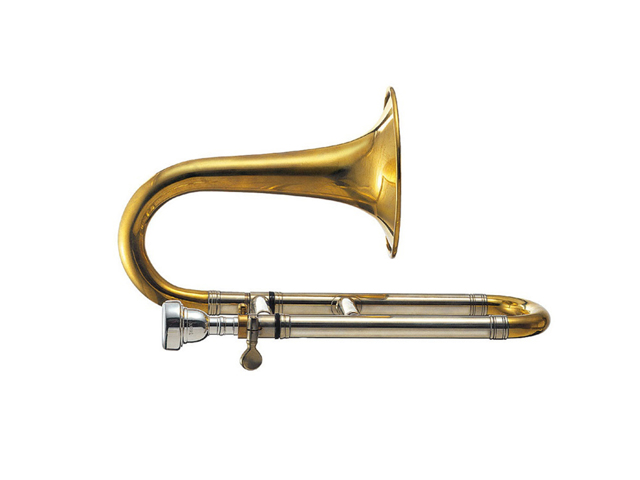Trombone types
The trombone is derived from the trumpet. The first description of a version of the trombone comes from 1420. Initially, trombones were used in churches and to announce the arrival of important visitors to a city. In the 17th century, trombone solos were written for the first time. Around this time, trombones were also included in larger orchestras. What material are trombones made from? Below, we describe different types of trombones, starting with those you may already know.
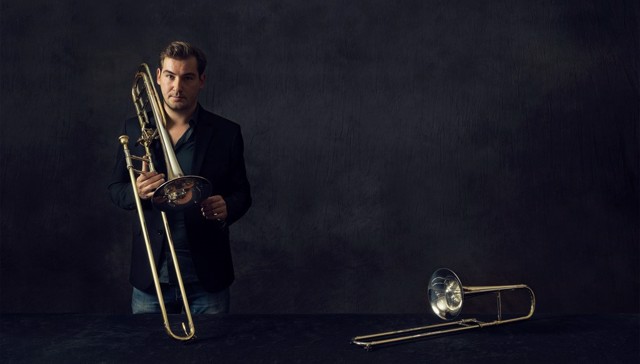
The Commonly Used Trombones

The Soprano Trombone
The soprano trombone is not often seen. Most pieces for soprano trombone are usually played on trumpet. The soprano sounds an octave higher than the tenor trombone in Bb. There are only a few companies that still make soprano trombones, usually on request. Here you can listen to a soprano trombone solo by Wycliffe Gordon.
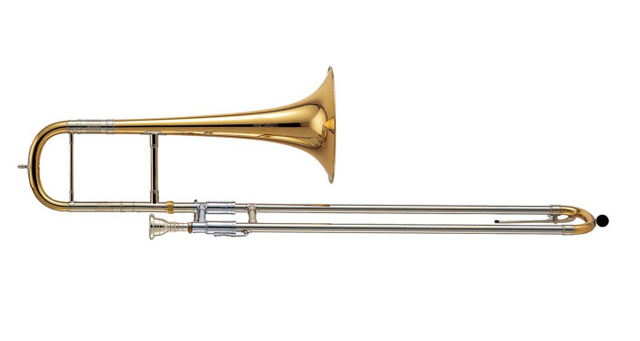
The Alto Trombone
The alto trombone is one of the smallest trombones. The alto is pitched a fourth higher than the tenor trombone in Eb. The alto trombone has a place in chorales, operas, and orchestral music, especially with Viennese composers from the 18th century. The alto trombone is still produced by several major music manufacturers. If you follow the link, you can listen to an alto trombone solo.
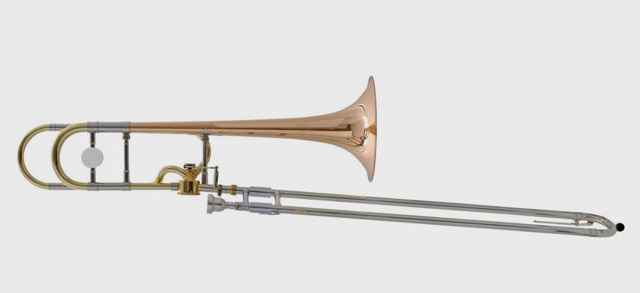
The Tenor Trombone
The tenor trombone is the instrument that comes to mind when you hear the word trombone. This is by far the most commonly used trombone in the trombone family. This instrument is hidden in more pop songs than you think. Think of "Come on Eileen" and "I'm Coming Out." The tenor trombone is a Bb instrument and sounds an octave lower than the soprano trombone. Tenor trombones also often have a quarter valve. This valve makes it easier to play faster passages while using fewer positions. Additionally, it is possible to play lower notes with a trombone with a quarter valve, as the total length of the tubing becomes longer when the quarter valve is engaged. Here you can find a classical solo for tenor trombone.

The Bass Trombone
The bass trombone often forms the lowest register of an orchestra along with the bass tuba. Typically, only one bass trombone is used per orchestra, alongside two tenor trombones. The bass trombone has the same tuning as a tenor trombone but with a larger bore, bell, and an extra valve to make playing low notes easier. The 2 valves are necessary to play a fully chromatic low register. Here you can see a bass trombone solo by Martin van den Berg.

The Contrabass Trombone
The contrabass trombone is the largest instrument in the trombone family. This extra low-pitched instrument is not used very often anymore. You mainly see it in professional operas and symphonies where the bass trombonist also needs to be able to play contrabass. Occasionally, the contrabass trombone replaces the bass tuba in an orchestra, as these two instruments have the same tuning; an octave lower than the alto trombone. Below you can hear an improvisation of a contrabass trombone and drums.
Other types

The Valve Trombone
A valve trombone is used more in some countries than the slide trombone. The advantage of a valve trombone is that many brass players can easily switch to a valve trombone because the fingering is the same. The disadvantage of a valve trombone is that some of the characteristic effects on a slide trombone cannot be easily produced. Here you can see Maynard Ferguson playing a solo on the valve trombone.

The Baroque Trombone
The Baroque trombone (Sackbut in English) is a historical version of the trombone. As the name suggests, this version was widely used during the Baroque and Renaissance periods. The Baroque trombone was mainly used in a religious setting. At that time, most music was written exclusively for the Christian church. In addition to Christian pieces, there were also pieces used by royal courts and other nobles. Here you can listen to one of the church pieces played on Baroque trombone, chitarrone, and organ.
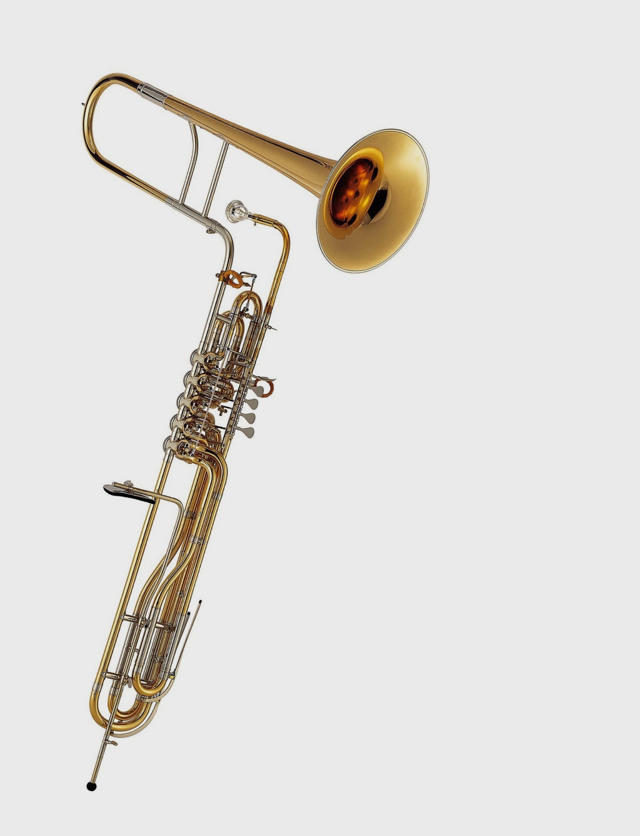
The Cimbasso
The cimbasso is a contrabass version of the valve trombone and is mainly used in operas. The cimbasso is designed to create a deep but not too broad sound. As you can tell from its name, this instrument comes from Italy. It is mainly used in Italian operas by Verdi and Puccini. The cimbasso has the same tuning as a contrabass trombone. Here you can watch the WDR Big Band with a cimbasso solo.
The Piccolo and Sopranino Trombone
Piccolo and sopranino trombones are the smallest trombones that exist. The piccolo is pitched an octave higher than the soprano in Bb, and the sopranino is pitched an octave higher than an alto trombone in Eb or F. Currently, only Thein still makes piccolo and sopranino trombones.
